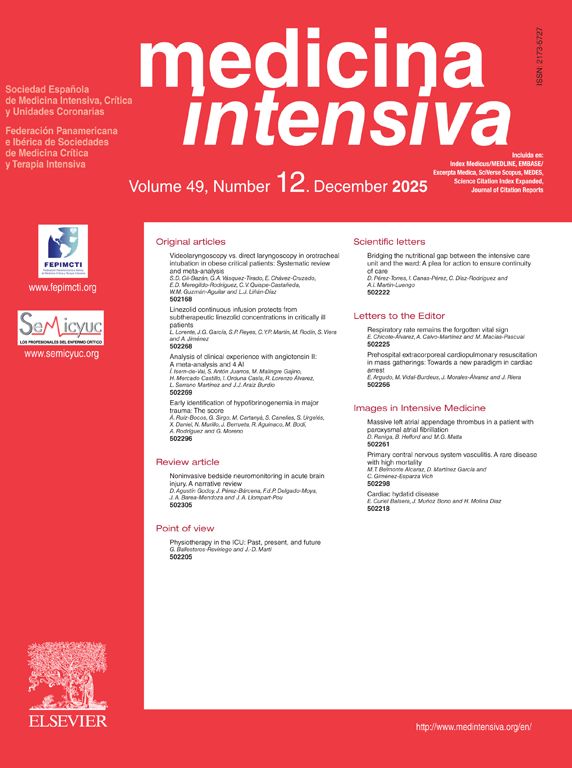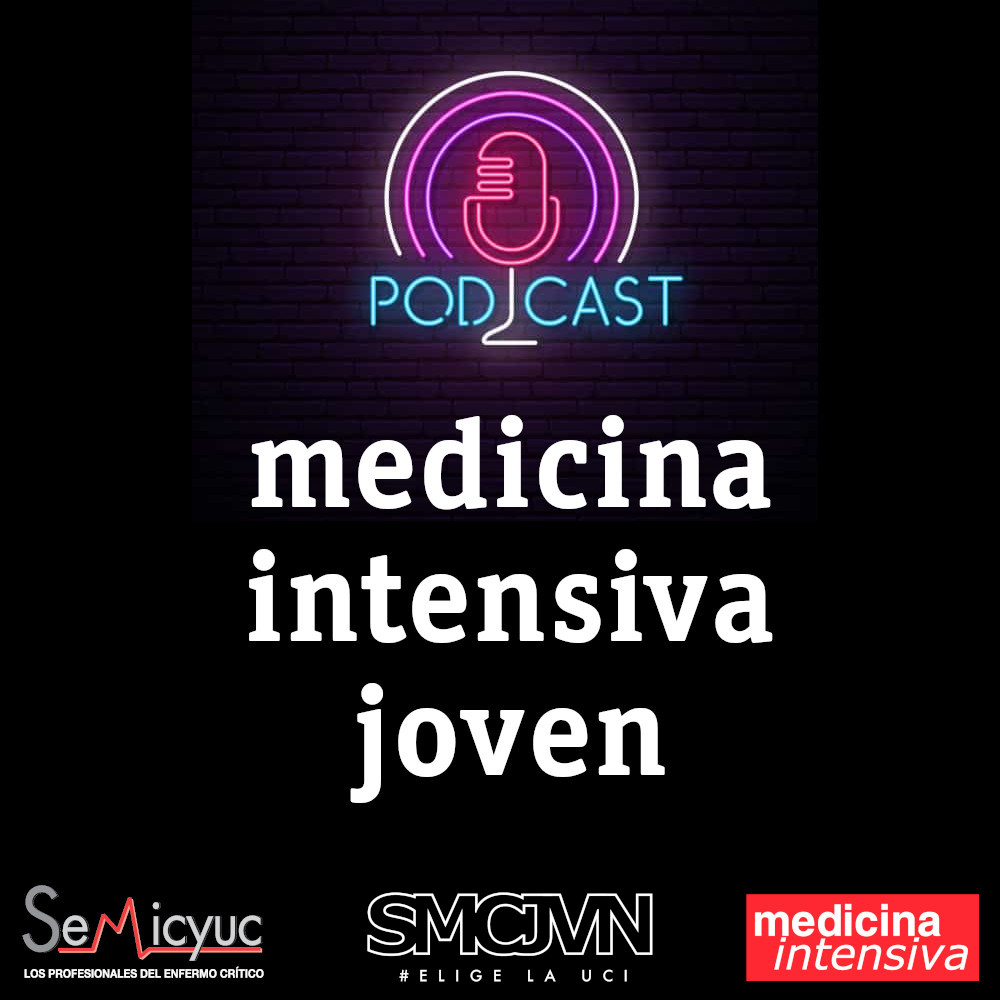Thromboembolic events are a major public health problem. Current clinical practice guidelines preferentially recommend direct oral anticoagulants (DOACs) as the preferred choice for preventing or treating such events in patients with atrial fibrillation or venous thromboembolic disease.1 Dabigatran, a direct thrombin inhibitor, is increasingly being used due to its advantages over vitamin K antagonists, including a lower risk of intracranial bleeding, fixed dosing without the need for laboratory monitoring or dietary restrictions, few drug-drug interactions, and a faster onset and offset of pharmacological effects, which makes it easier to plan for invasive procedures.2 Patients on DOACs may suffer severe bleeding or need urgent surgery and require a diagnosis with immediate treatment to reverse the anticoagulant effect. As conventional tests take too long to provide results, viscoelastic testing (VET), which is performed in whole blood and provides results in a few minutes, could prove to be very useful if specific techniques for the detection of DOACs (at levels >50 ng/mL) based on activation with ecarin for anti-IIa (ECA-test®) or with Russell viper venom for anti-Xa (RVV‑test®) are included.3
A 62-year-old woman was admitted to the hospital because of a reduced level of consciousness. On arrival at the emergency department, her blood pressure was 80/55 mmHg, and an endoscopy confirmed diffuse bleeding of the gastric mucosa, with a hemoglobin concentration of 4 g/dl on admission. The VET-guided massive transfusion protocol for hemostatic resuscitation was activated, with the transfusion of four units of packed red blood cells and 600 mL of plasma, which failed to control the bleeding. The patient was taking dabigatran at home, so we decided to extend the study with a specific dabigatran test (ECA-Test®), which confirmed a strong anticoagulant effect of the drug (Fig. 1). We also measured specific dabigatran levels with the HemosIL® test, which showed a concentration 6 times higher than the upper reference limit (1287 ng/mL; reference limit < 200 ng/mL). The bleeding was finally controlled after three doses of idarucizumab each: the first dose one hour after onset of the symptoms and the remaining doses every 1–2 h (Table 1), followed by clinical improvement. Despite bleeding control, the patient died of nosocomial pneumonia after a torpid course in intensive care. The RE‑VERSE AD study concluded that idarucizumab, a monoclonal antibody with high affinity and specificity for dabigatran, quickly and effectively reverts the anticoagulant effect of the latter drug following a single dose.4 Its use is rarely needed, except in cases of potentially fatal bleeding or emergent surgery.5 However, in the present case, repeated dosing guided by laboratory tests proved necessary due to the overdosing of dabigatran.
Result of viscoelastic testing (ClotPro®) under the effects of dabigatran. EX-test: view of the coagulation process after activation of the extrinsic pathway. IN-test: screening test of the intrinsic coagulation pathway. FIB-test: detection of functional fibrinogen. AP-test: EX-test with the inhibition of fibrinolysis to confirm hyper-fibrinolytic activity. HI-test: IN-test with the addition of heparinase to confirm the presence of heparin. ECA-test: specific test for direct thrombin antagonists (scantly affected by heparins or direct activated factor X (FXa) antagonists). RVV-test: specific test for direct FXa antagonists. Parameters: CT: clotting time; A5 and A10: amplitude 5 and 10 min after CT; CFT: clot formation time; MCF: maximum clot firmness. Time in seconds (s). Clot size in millimeters (mm).
Evolution of massive bleeding and severe coagulopathy testing after repeated dosing of idarucizumab 5 g.
| Variables | Before 1st dose | Before 2nd dose | Before 3rd dose | After 3rd dose |
|---|---|---|---|---|
| Bleeding | Yes | Yes | Yes | No |
| Dabigatran (ng/mL)(30–225) | # | 1287 | 269.9 | 51.6 |
| APTT-ratio (0.75–1.25) | 4.63 | 4.07 | 3.41 | 0.94 |
| APTT (s)(24.8–37.2) | 143.4 | 126.1 | 105.6 | 29.1 |
| INR(0.75–1.25) | 10.49 | 4.92 | 3.99 | 0.97 |
(#): The dabigatran levels in blood before the 1st dose of the antidote were not analyzed. INR: International normalized ratio. APTT: Activated partial thromboplastin time.
In conclusion, specific VET provides high sensitivity and specificity in detecting the presence of dabigatran in blood, justifying the use of antidotes, although the use of specific quantitative tests in plasma allows more efficient guidance of administration, as in our case, where the drug was rapidly and specifically detected - confirming the causative agent and the need for idarucizumab.
FundingNone.
Author contributionsAll the authors contributed to the study conception and design (MFC, MCM, FJRM, AMPM), data acquisition (MFC, MCM, FJRM) or analysis and interpretation of the data (MCM, FJRM), and critical review of the intellectual content (MCM, FJRM, AMPM). All the authors approved the final version of the manuscript submitted for publication.
Conflicts of interestThe authors declare that they have no conflict of interest.
Thanks are due to Dr. José Garnacho-Montero, Dr. Ángel Herruzo-Avilés and Dr. Esteban Fernández-Hinojosa for their contribution to the final review of the manuscript.







